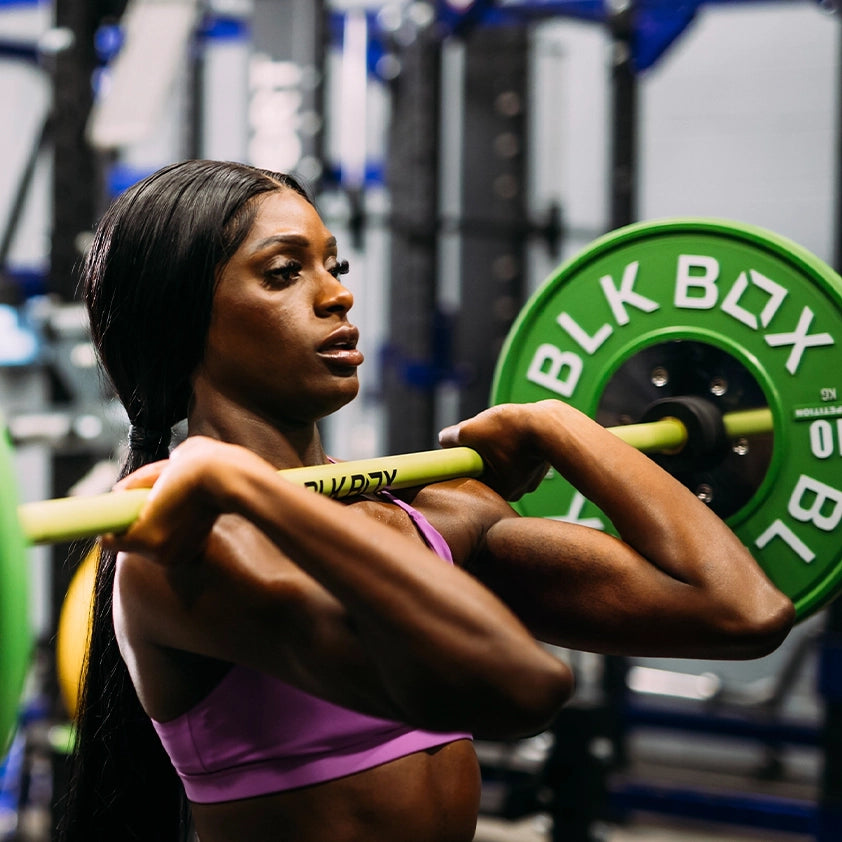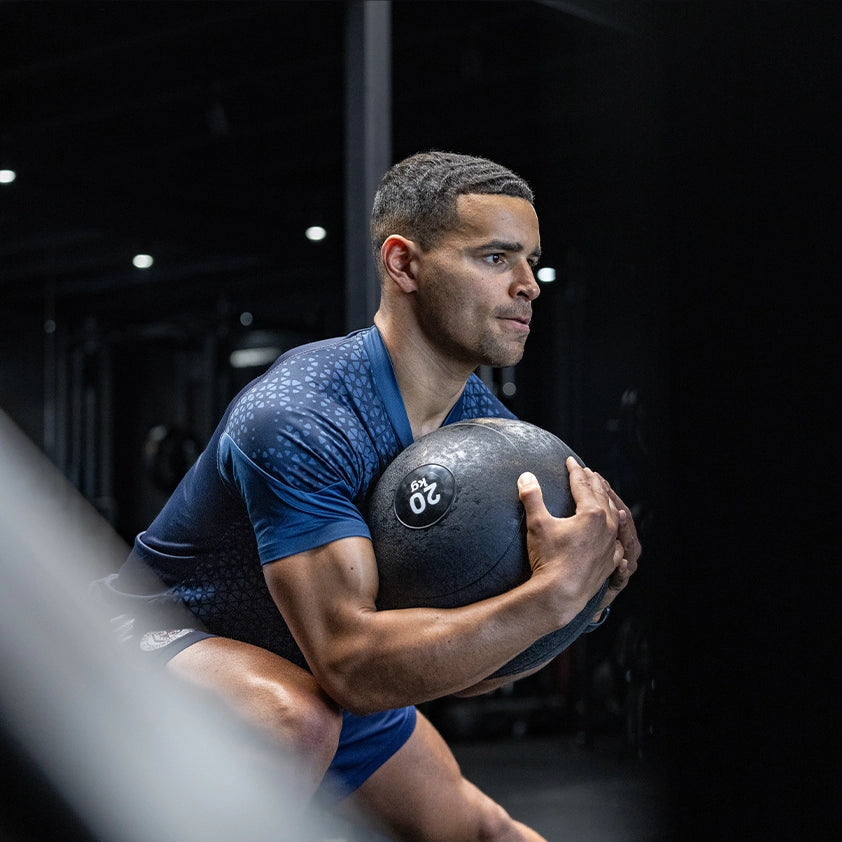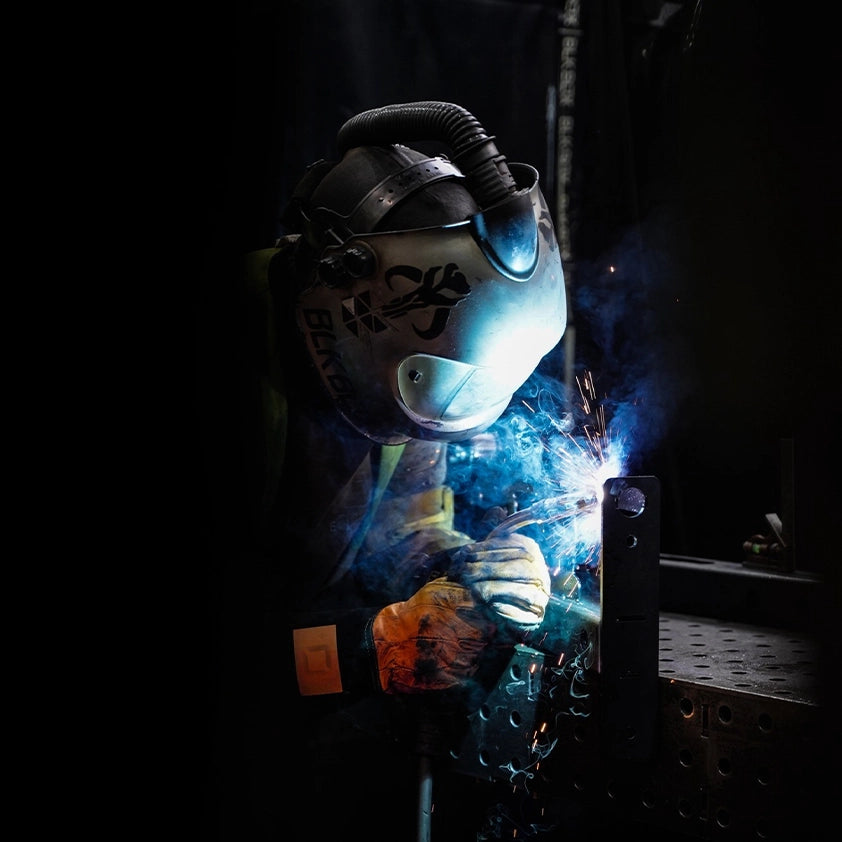Bumper Plate Buying Guide
Choosing the best bumper plates
Choosing the right bumper plates can greatly enhance your lifting experience, whether you're deadlifting, snatching, or squatting.
Bumper plates are designed to be dropped from overhead without damaging the plates or the floor. When purchasing bumper plates, consider factors such as material, diameter, and weight accuracy.
Competition bumper plates

Competition plates are designed to meet the strict standards of competitive weightlifting. They have a consistent diameter and weight accuracy, making them ideal for serious lifters and competitions.
Look for IWF (International Weightlifting Federation) or IPF (International Powerlifting Federation) certified plates for official competitions.
Technique bumper plates
Technique plates, also known as training or practice plates, are lighter-weight bumper plates designed to help beginners and athletes perfect their lifting form. They typically come in smaller increments, allowing for precise weight adjustments during training sessions. Technique plates are ideal for mastering lifting technique without overloading the barbell.
Change bumper plates
Change plates are small, incremental weight plates used to fine-tune the load on the barbell. They come in various weights, usually ranging from 0.5kg to 5kg, allowing for precise weight adjustments during lifting sessions. Change plates are essential for progressive overload training and breaking through plateaus.
Key considerations:
- Material: Look for bumper plates made from high-quality rubber or urethane for durability and noise reduction.
- Diameter: Ensure that the bumper plates you choose have a consistent diameter to maintain barbell balance and prevent uneven loading.
- Weight accuracy: Choose bumper plates with precise weight measurements to ensure accurate loading and lifting.
- Price and value: Consider your budget and the long-term value of the bumper plates, balancing price with quality and durability.
- Brand reputation: Research reputable brands known for producing high-quality bumper plates with consistent performance and durability.
How to look after bumper plates
- Store bumper plates in a dry, climate-controlled environment to prevent degradation.
- Clean bumper plates regularly with mild soap and water to remove dirt and debris.
- Avoid dropping bumper plates on hard surfaces to prevent damage and extend their lifespan.
- Inspect bumper plates regularly for signs of wear or damage and replace any damaged plates promptly.
Whether you're a competitive lifter, a beginner, or somewhere in between, investing in high-quality bumper plates is essential for safe and effective weightlifting.
Choose the plates that best suit your needs and lifting goals, and enjoy the benefits of durable, versatile bumper plates in your training plan.
How to use bumper plates

- Choose the right weight: Select bumper plates suitable for your workout.
- Load the barbell: Securely place the plates on the barbell.
- Perform exercises: Use them for deadlifts, squats, and more.
- Protect surfaces: Ensure a suitable floor for dropping.
- Safety first: Lift with proper form to prevent injury.
- Cooldown: After, remove and store the plates properly.















